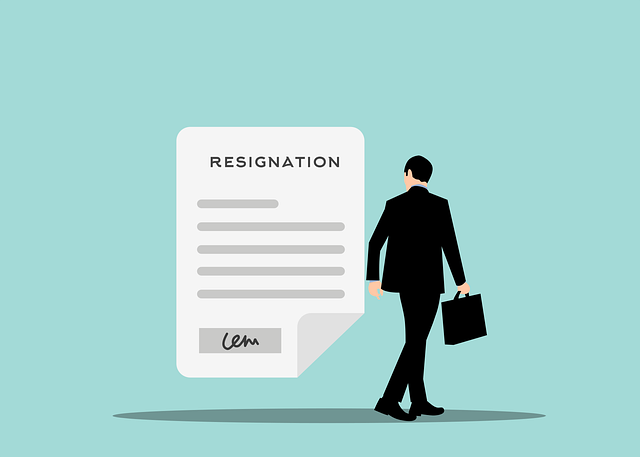A whopping 97% of Gen Z workers say work is an integral part of their identity, yet 83% consider themselves job hoppers, according to a recent ResumeLab report. But here’s the twist: for Gen Z, job hopping isn’t a red flag of instability. Instead, it’s a calculated move to diversify their skills, embrace fresh challenges, and seek out environments that genuinely align with their values and aspirations.
Why Do Gen Z Workers Quit?
While they value purpose and alignment, money still talks. For 70% of Gen Z workers, a competitive salary is a deciding factor in staying with a company. But it’s not just about the paycheck as many are leaving their roles due to burnout from excessive overtime, clashes of values with employers, dissatisfaction with job happiness, low pay, or poor management and toxic bosses. In fact, over 70% of Gen Z workers say they would quit if the work environment was toxic, development opportunities were lacking, or their work-life balance was compromised. Perhaps the boldest statistic of all is that 75% of Gen Z employees are willing to leave their jobs without having another role lined up.

Image Credits: unsplash.com
What Do Gen Z Employees Want?
Attracting and retaining Gen Z talent requires companies to meet them where they are—value-driven and ambitious. This generation values flexible work schedules, comprehensive healthcare packages, regular pay raises, and opportunities for personal and professional growth. They also seek remote work options and mental health days off, reflecting their holistic approach to work and life. For them, the “perfect boss” embodies strong decision-making skills, a commitment to employee growth, and the ability to inspire and motivate.
Is Their A Shift in Priorities?
Unlike older generations, Gen Z places less emphasis on financial compensation alone. According to McKinsey & Company (2024), younger employees rank adequate pay two levels lower in importance compared to their predecessors. Instead, they are drawn to meaningful work and shared values, with a lack of alignment being the second-highest reason for leaving a job. To attract this generation, companies must clearly communicate their values to prospective employees, foster a culture that reflects the morals and priorities of emerging talent, and build diverse and inclusive leadership teams that resonate with younger workers.
Is Job Hopping for You?
Personally, I’ve hopped from one job to another every two to three years, especially during the pandemic when stability and income took precedence. But with time, I found myself toggling between roles in academia and HR, exploring what truly gives my career meaning and direction. Writing, however, has always been my constant companion. Sometimes, it’s not just about finding a job; it’s about crafting a career narrative that resonates with your passions and purpose.

Image Credits: unsplash.com
So, is job hopping for you? It’s not about the label. It’s about finding the work that fuels your growth and feeds your soul.






